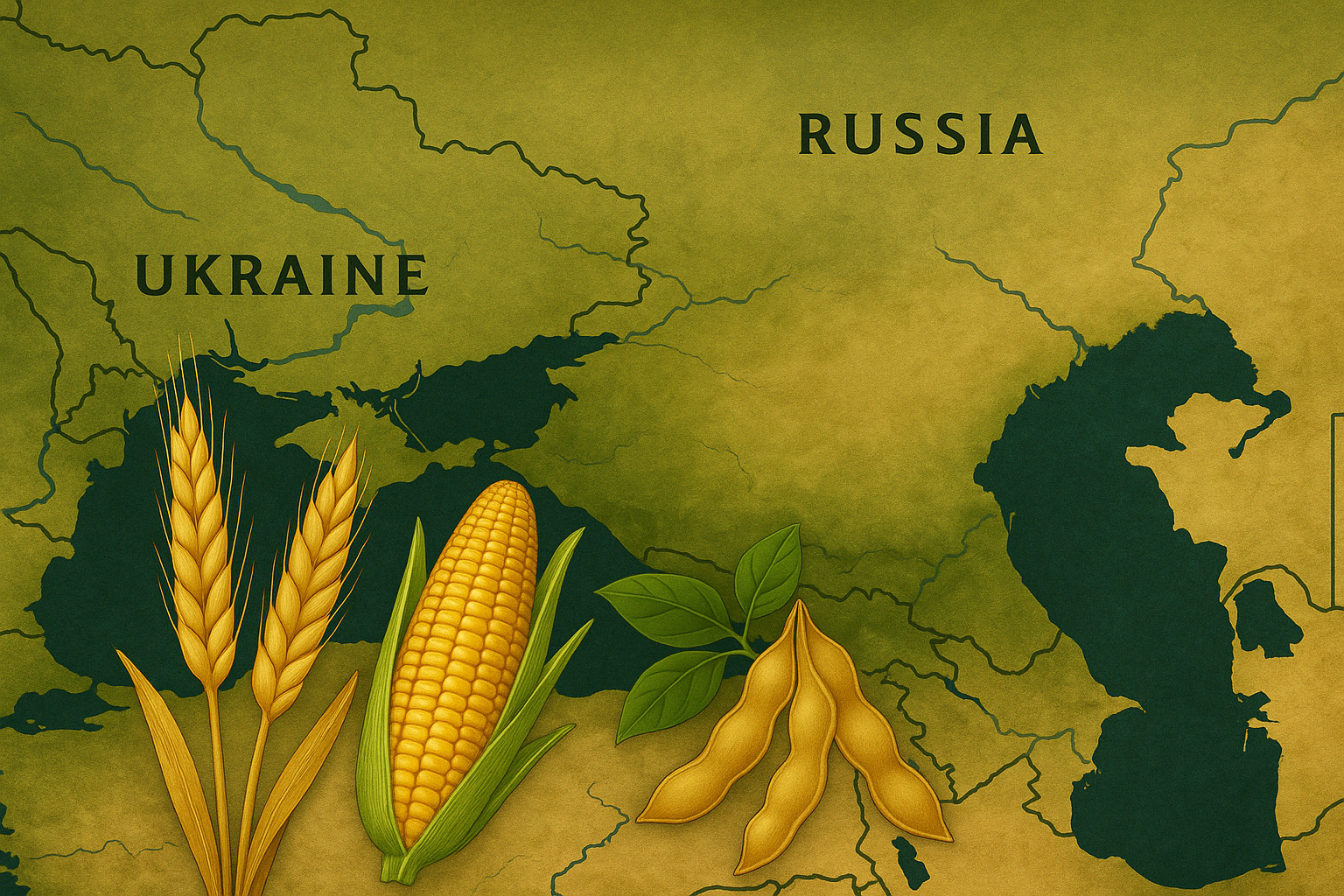Amid signs of recovery in crop conditions and shifts in international trade behavior, the Black Sea region is navigating a complex landscape of opportunity and constraint. While Romania gears up for a record-breaking harvest season, Ukraine remains entangled in logistical and political uncertainty that continues to reshape its role in global grain supply chains.
Romania’s Promising Turnaround: A Record Harvest on the Horizon
Romania is expected to post one of the most impressive wheat harvest recoveries in Europe. According to updated estimates from the European Commission’s science service, Romanian farmers could see an average yield of 4.97 tonnes per hectare—21% above the five-year average and 8% higher than in 2024. With this momentum, Romania could exceed its previous production benchmarks and even approach the exceptional levels recorded in 2021. Driving this optimism are widespread spring rains, which have alleviated previous drought-related concerns.
Sown area data from the Ministry of Agriculture shows a record rapeseed acreage of over 700,000 hectares, coupled with nearly 2.3 million hectares under wheat, rye, and triticale. Such levels reflect a strong investment in cereal and oilseed crops and could lead to Romania’s largest grain harvest in over a decade. Analysts, including Cezar Gheorghe, estimate the wheat output to rise to 13.3 million tonnes—up 40% year-on-year. This potential surge is critical not just for Romania’s domestic balance but also for its role as an export hub to Europe and the Middle East.
Ukraine: Logistical Barriers, Political Risks, and Shifting Market Relevance
In stark contrast, Ukraine continues to wrestle with limitations on its grain exports due to ongoing political and logistical complications. According to the Institute of Economic Research and Policy Consulting, Ukraine's share in the overall imports of key partner countries remains marginal, with the notable exception of Moldova, where imports from Ukraine reach 12.1%. For most other countries—including major markets like Germany, the Netherlands, and China—the share is less than 1.4%, signaling limited dependency on Ukrainian grain despite the country's agricultural capacity.
Since the start of the war in 2022, Ukrainian firms have expanded into new markets more aggressively, but border controls and unilateral trade restrictions from neighboring countries like Poland, Hungary, and Romania have introduced a new layer of unpredictability. These measures—often justified on national security grounds—lie outside of formal EU trade frameworks, complicating Ukraine’s export logistics and pricing competitiveness.
Moreover, researchers have classified the risk of trade restrictions into tiers. Poland, Hungary, and Slovakia fall into the high-risk category due to their frequent use of emergency trade measures, while Romania, Bulgaria, and Moldova represent medium risk. This classification underscores the increasingly politicized nature of grain flows in the region.
Egypt’s Diversification Strategy Reflects Broader Regional Uncertainty
Egypt, one of the world’s top wheat importers, has begun to diversify its sourcing strategy due to persistent geopolitical instability in the Black Sea. Its state grain agency has sealed contracts with France and Romania and is pursuing supply routes in South America and Australia. By doing so, Egypt aims to reduce its reliance on Russia and Ukraine and ensure continuity of supply amid price and logistics volatility.
The move aligns with Romania’s rising role as a stable supplier, aided by its expanding grain output and favorable weather trends. Egypt’s procurement strategy also includes deferred purchasing mechanisms to manage price risk and stabilize internal inventories.
Regional Outlook Hinges on Stability and Coordination
The Black Sea grain market is at a turning point. Romania's rebound sets a strong tone for the region’s production potential, while Ukraine's trade environment remains constrained by factors beyond agronomic performance. As key importers diversify their sourcing and neighboring countries reevaluate trade policies, the region’s influence on global grain pricing and flow patterns will depend largely on how weather, politics, and cross-border cooperation evolve in the months ahead.

